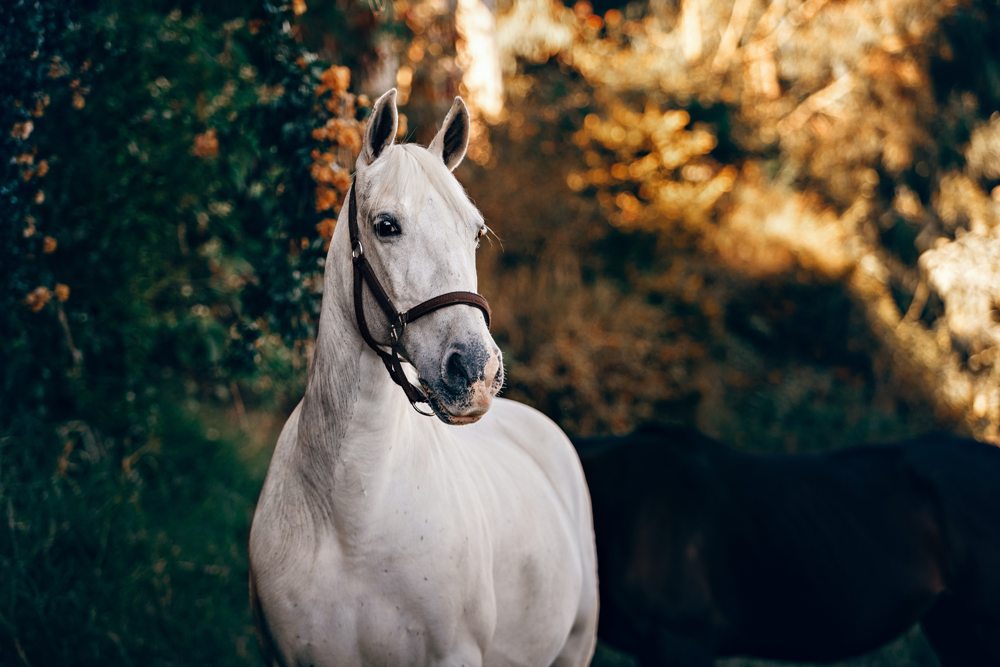
Mud fever is a common skin complaint that is common in horses throughout the winter months when the weather gets chilly. Causing painful sores and scabs across the pastern and heel area which can sometimes also affect the upper legs and belly where the horse turnout rugs do not cover, it can cause extreme discomfort for your horse. Being caused by bacteria which effects the protective barrier that forms on top of healthy skin, the wet and muddy conditions can break down this barrier and allow bacteria to enter, causing an infection.
If your horse spends several hours or more outdoors during wet and cold weather, they are naturally going to be more prone to mud fever, so additional precautions will be necessary. Muddy fields and damp paddocks are breeding grounds for the infection, affecting horses of all breeds, ages, and colors but causing a higher risk for those with white socks. To spot mud fever in the early stages, keep an eye out for any swollen legs or open wounds around the feet. Mud fever can quickly worsen and create a serious health risk, so catching the infection early will make it easier for the skin to heal and minimize the risk of long term complications. If you suspect your horse is showing signs of mud fever, it is important to consult a veterinary professional as soon as possible. To prevent the risk of mud fever in the first place, consider following these tips:
Regular Grooming
When you bring your horse in for the night, get into the habit of cleaning up their legs and feet to remove any mud. It is recommended to allow the mud to dry and harden so you can sweep it off with a soft brush; but if you need to use the hose to wash off any mud, make sure to dry the area with a clean towel afterwards. By staying on top of grooming and keeping their skin free of mud, the chance of catching mud fever is lessened.
Clean Paddocks
Effective paddock management can make a world of difference by avoiding the build up of mud and moisture in the living conditions. By minimizing the length of time your horse has to spend standing on a muddy ground, their skin will be happier in the long run. Once the ground starts to get damp and muddy in the winter, it is recommended to rotate the use of your paddocks if possible or to install a fence from a company such as Timber Ridge Fence Company to prevent them from standing in the areas with the most mud.
Specialist Products
With mud fever being a common concern for many horse owners, many products are available on the market to use as a preventive measure. Barrier creams can be used on the legs to create a barrier between the skin and the mud to prevent bacteria from penetrating the skin, or an alternative such as Sudocrem can be used instead. Another preventative measure is using turnout boots, keeping the legs dry in damp conditions, and keeping the skin clean to reduce any build up of mud.
EDITORIAL POLICY
Editorial Policy: The Flash List is dedicated to providing trustworthy editorial content by maintaining strict ethical standards, journalistic integrity, and credible professionalism regardless of any remuneration as working media. The Flash List is not affiliated with third-party companies mentioned and makes no endorsement or guarantee expressed or implied. The preceding article is intended for informational reference only, and does not constitute advice of any kind. Moreover, a qualified professional should be consulted regarding any lifestyle consideration, medical treatment, or monetary transaction, etc. Content contains affiliated link(s) for which compensation was received in accordance with USFTC regulations and terms and conditions.
MORE ON THE FLASH LIST
































